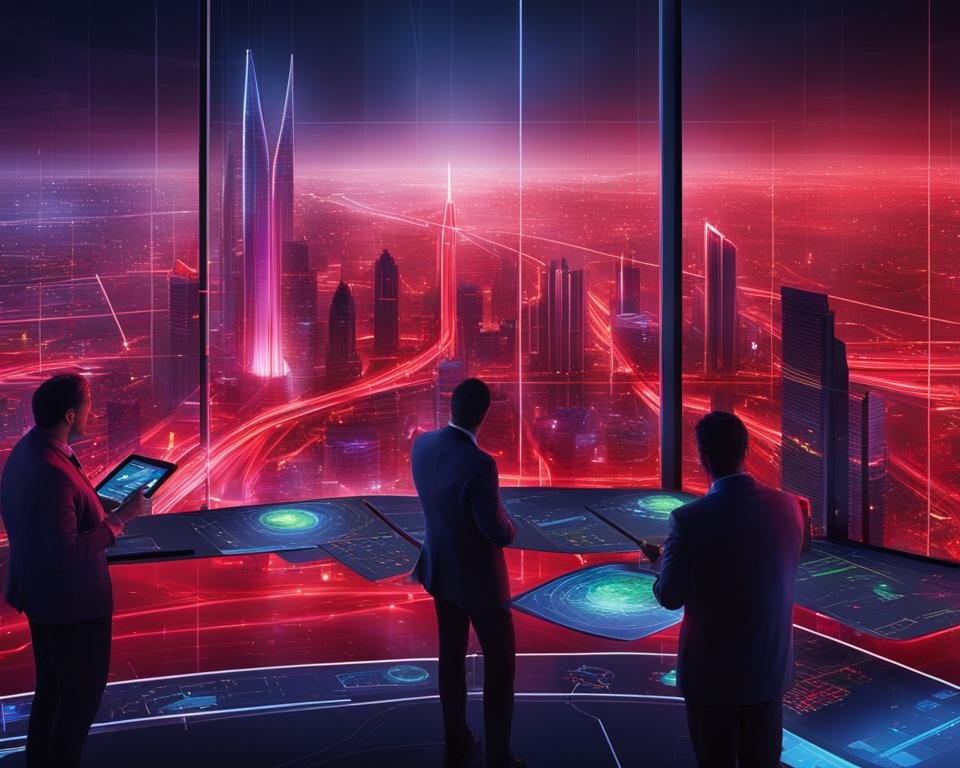Europium is a rare earth element that has found its way into many applications in modern technology. Its unique properties make it a highly valuable component in a variety of industries, ranging from lighting and display technology to nuclear reactors and catalysis.
In this article, we’ll explore the different uses of europium and its various applications in technology.
Key Takeaways:
- Europium is a rare earth element that is used in modern technology.
- Europium is a valuable component of various applications ranging from lighting to nuclear reactors and catalysis.
- Europium’s unique properties make it useful in a wide range of industries.
Europium in Color Displays
Europium plays a vital role in the functionality of color displays. Specifically, europium phosphors are utilized in the production of color displays, such as those found in televisions, computer monitors, and mobile devices. These phosphors are responsible for emitting bright red and blue light to create a full spectrum of colors, often referred to as RGB displays.
The use of europium in color displays allows for greater clarity and brightness in the images and videos displayed on these devices. Additionally, europium phosphors offer improved color accuracy and efficiency, leading to a more vibrant and energy-efficient display.
The incorporation of europium into color displays highlights its versatility and importance in modern technology, particularly in the field of visual displays.
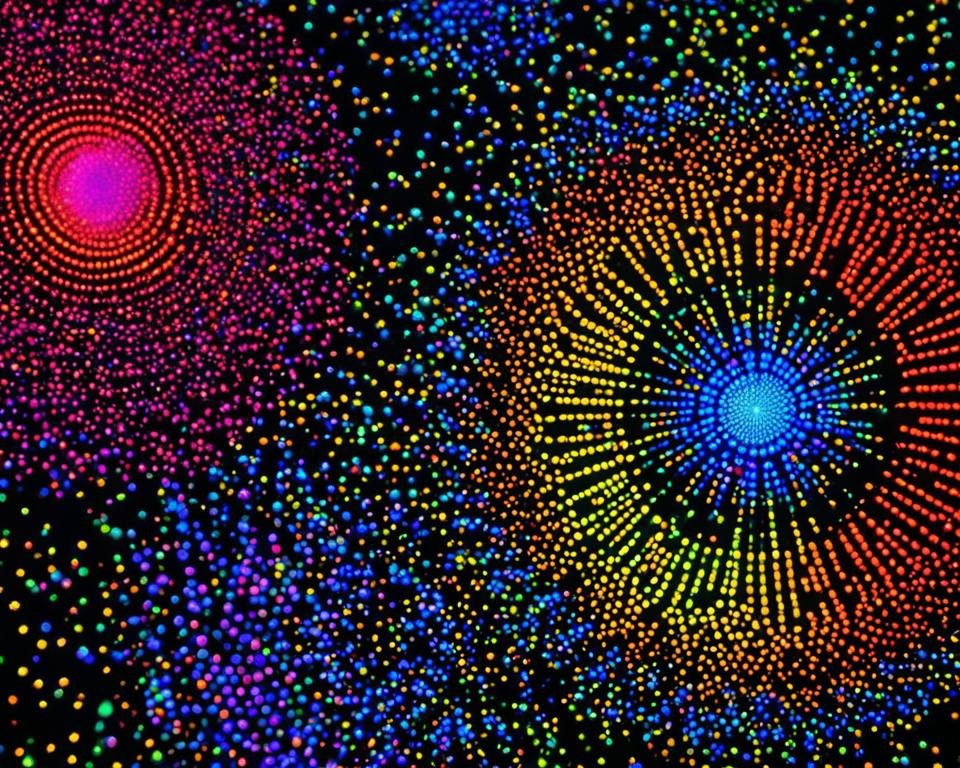
Europium in High-Efficiency Lighting Solutions
Europium plays a vital role in modern lighting solutions, particularly in the development of energy-efficient lighting. Europium-based phosphors are used to enhance the color rendering and brightness of light sources such as fluorescent lamps and LED lights. These phosphors are capable of converting ultraviolet light into visible light, making them an essential component in high-efficiency lighting systems.
The use of europium in lighting has been proven to improve the energy efficiency of lighting systems, resulting in lower energy consumption and reduced carbon emissions. This makes it an ideal choice for public and commercial spaces, where lighting usage is high and energy-efficient solutions are essential.
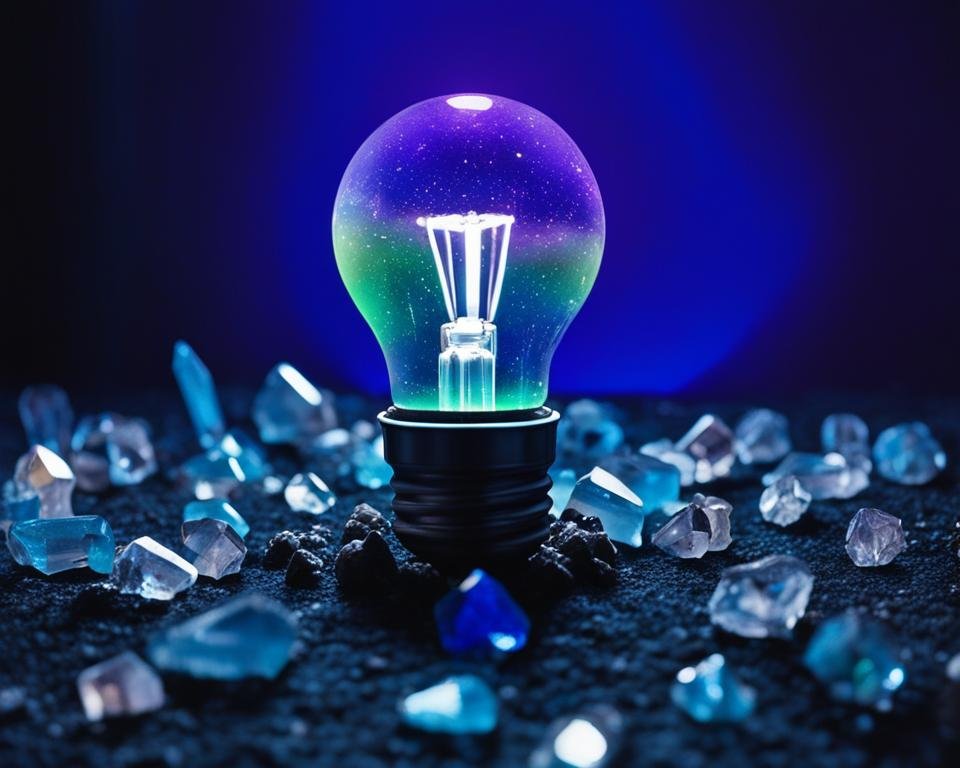
Furthermore, the use of europium in lighting is also beneficial in terms of cost-effectiveness. By utilizing energy-efficient lighting solutions, businesses and individuals can save on their energy bills, reducing overall operational costs in the long run. Thus, europium-based lighting solutions not only benefit the environment but also contribute to significant cost savings for consumers.
Overall, the incorporation of europium-based phosphors in lighting solutions is essential to achieve energy-efficient and sustainable lighting that provides high-quality illumination while reducing carbon emissions and operational costs.
Europium in Magnetic Materials
Europium is widely used in the creation of magnetic materials, particularly rare earth magnets. These magnets are composed of alloys that combine europium with other elements such as cobalt and samarium. Due to the magnetic properties of europium, these alloys result in incredibly powerful magnets that are used in various applications.
The magnetic properties of europium arise from the behavior of its electrons. Europium contains 65 electrons, with one unpaired electron in its outermost energy level. This unpaired electron creates a magnetic moment, allowing europium to exhibit strong magnetization and magnetic anisotropy.
Magnetic systems that contain europium can be easily manipulated using an external magnetic field, making them useful in a range of applications. Europium-containing magnets are commonly used in hard disk drives, headphones, and electric motors.

The image above showcases europium magnets in action. These magnets, composed of europium alloys, are used in a variety of electronic applications due to their strong magnetic properties and high energy density.
Europium in Nuclear Reactors
Europium plays a crucial role in the field of nuclear reactors. The stable isotope europium-155 is used for its high neutron capture cross-section, which makes it useful in controlling nuclear reactions. When europium-155 absorbs a neutron, it produces europium-156, which decays into gadolinium-156. Gadolinium-156 acts as a neutron poison, slowing down the fission process and preventing the reactor from becoming too hot. This is vital for the safe and efficient operation of nuclear reactors.
In addition to its use in controlling nuclear reactions, europium is also used in fuel cells and as a radiation shield due to its strong gamma ray absorption properties. However, it is important to handle europium with care, as it is radioactive and can be harmful if not properly secured.
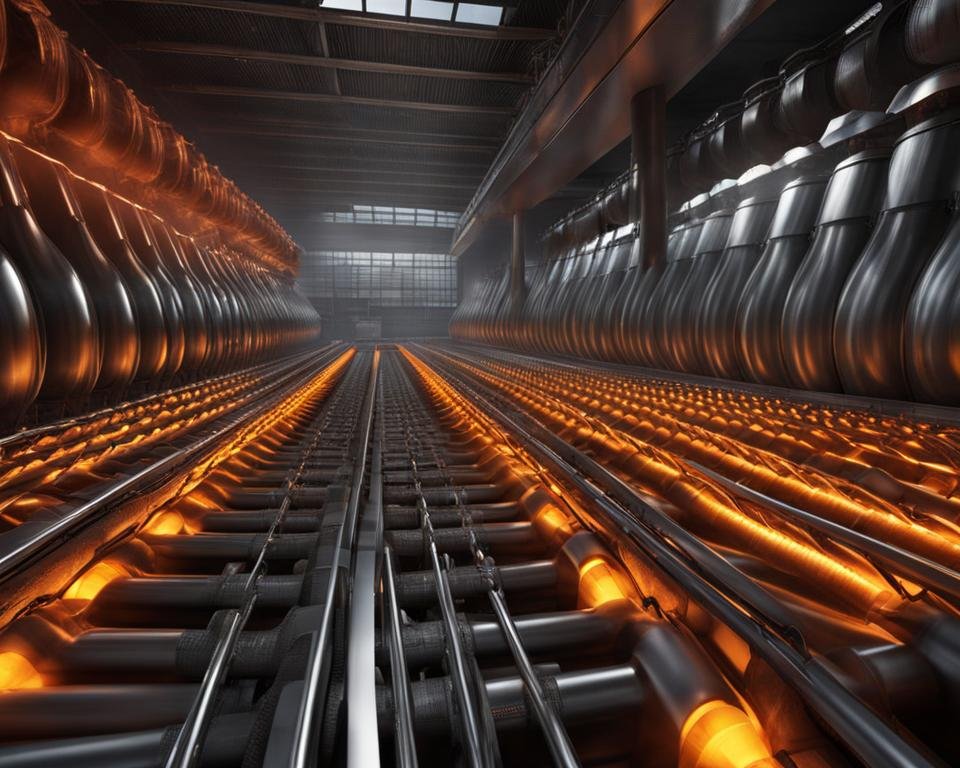
Europium in Laser Technology
Europium-doped materials have led to significant advancements in laser technology. Europium lasers can emit light in the visible and ultraviolet range, with precise control over wavelength and pulse duration. This has led to numerous applications, including:
- Laser marking: Europium lasers are used to mark metal, plastic, and glass surfaces with high precision and accuracy.
- Telecommunications: Europium-doped fiber amplifiers are used to enhance signal strength in optical communication systems.
- Medical imaging: Europium-based phosphors are used in medical imaging systems to produce high-resolution images of body tissues.
Europium-doped materials have proved to be crucial for the development of these laser applications. By carefully controlling the composition and structure of these materials, researchers have been able to create lasers with diverse properties and applications.

Europium in Luminescent Materials
Europium luminescent materials are widely used in various applications due to their unique luminescent properties. Europium complexes, particularly those containing organic ligands, exhibit strong luminescent properties when excited with ultraviolet or visible light. These materials are used in a variety of applications, including:
- Fluorescent dyes for biomedical and analytical imaging
- Security inks for anti-counterfeiting measures
- Phosphorescent paints for coatings and signage
The luminescent properties of europium complexes make them highly sought-after in these applications, as they can emit light in specific wavelengths, allowing for precise imaging and detection. They are also fairly stable and long-lasting, allowing for extended use in various environments.
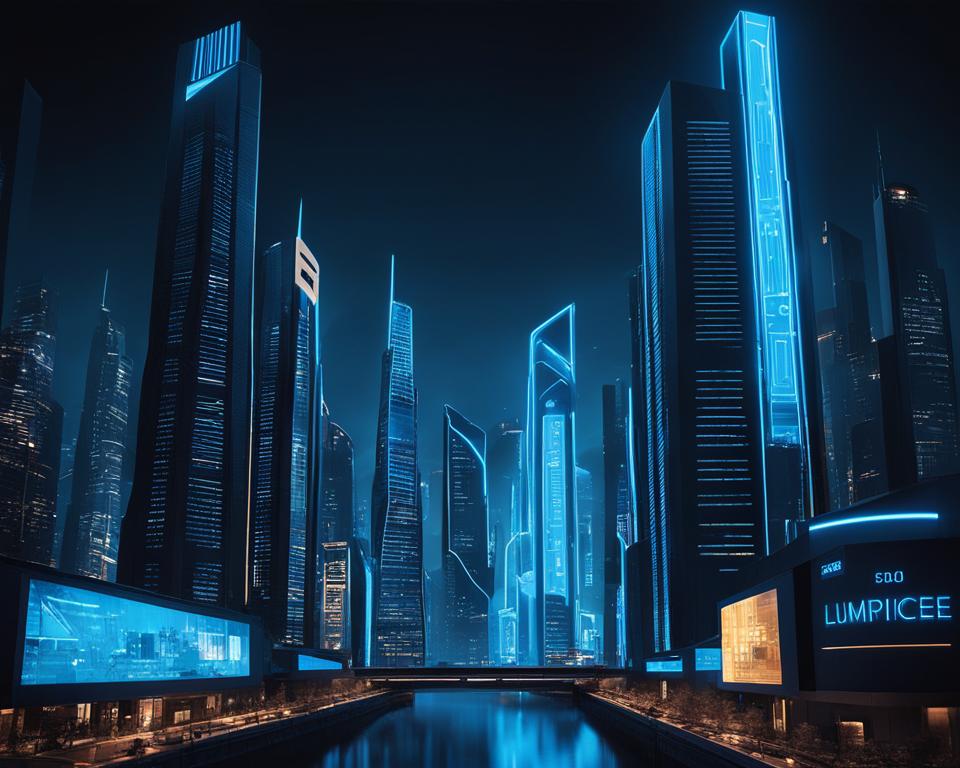
Other Applications of Europium
Aside from the aforementioned uses, europium finds its way into other areas of industry. Its unique properties make it useful in catalysis, where it helps to accelerate chemical reactions, and it is also a key ingredient in various europium-based alloys used in specialized industries.
Europium can be alloyed with other metals to create materials with enhanced strength and resistance to temperature, making them ideal for use in aerospace, automotive, and other high-performance applications. In addition, europium-based alloys are used in the production of high-strength magnets, as well as in the creation of specialized glass compositions for optical applications.
Europium’s versatility and usefulness make it a valuable element in modern technology and industry, with a wide range of applications that continue to evolve and expand.

